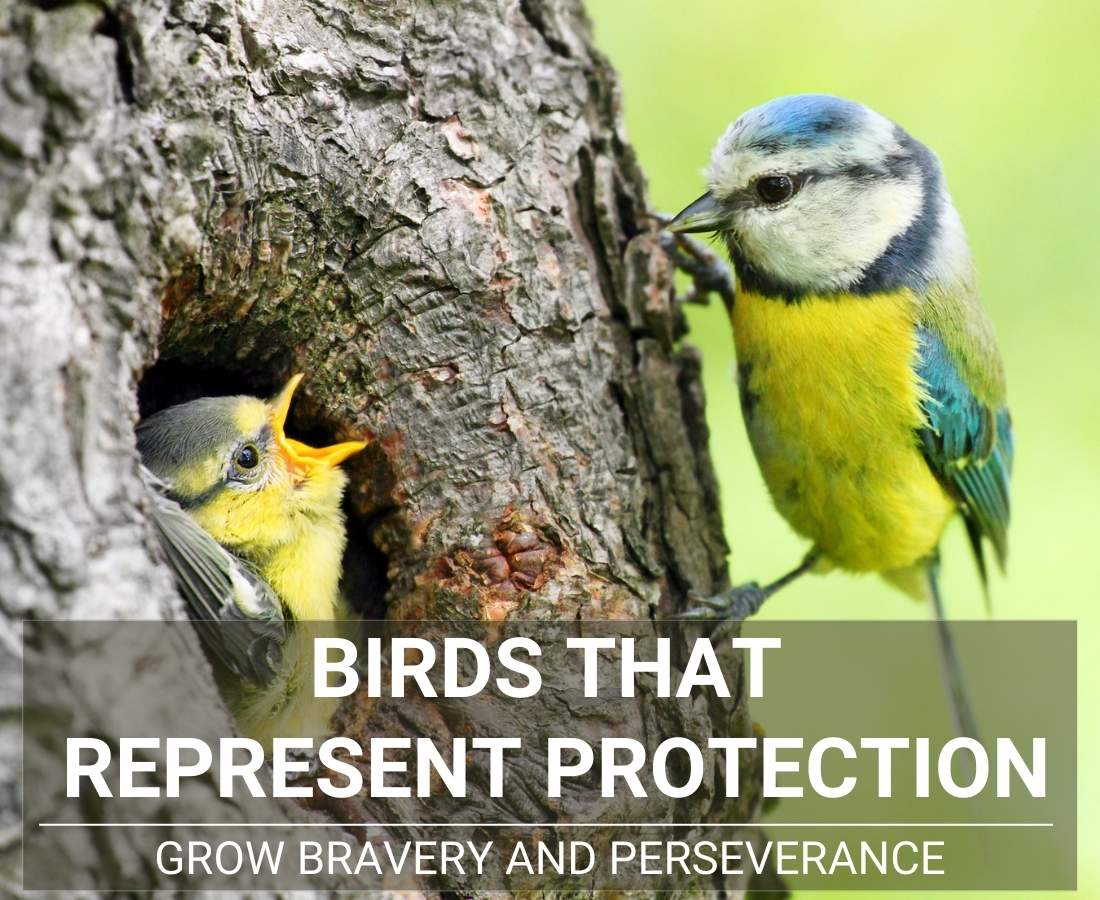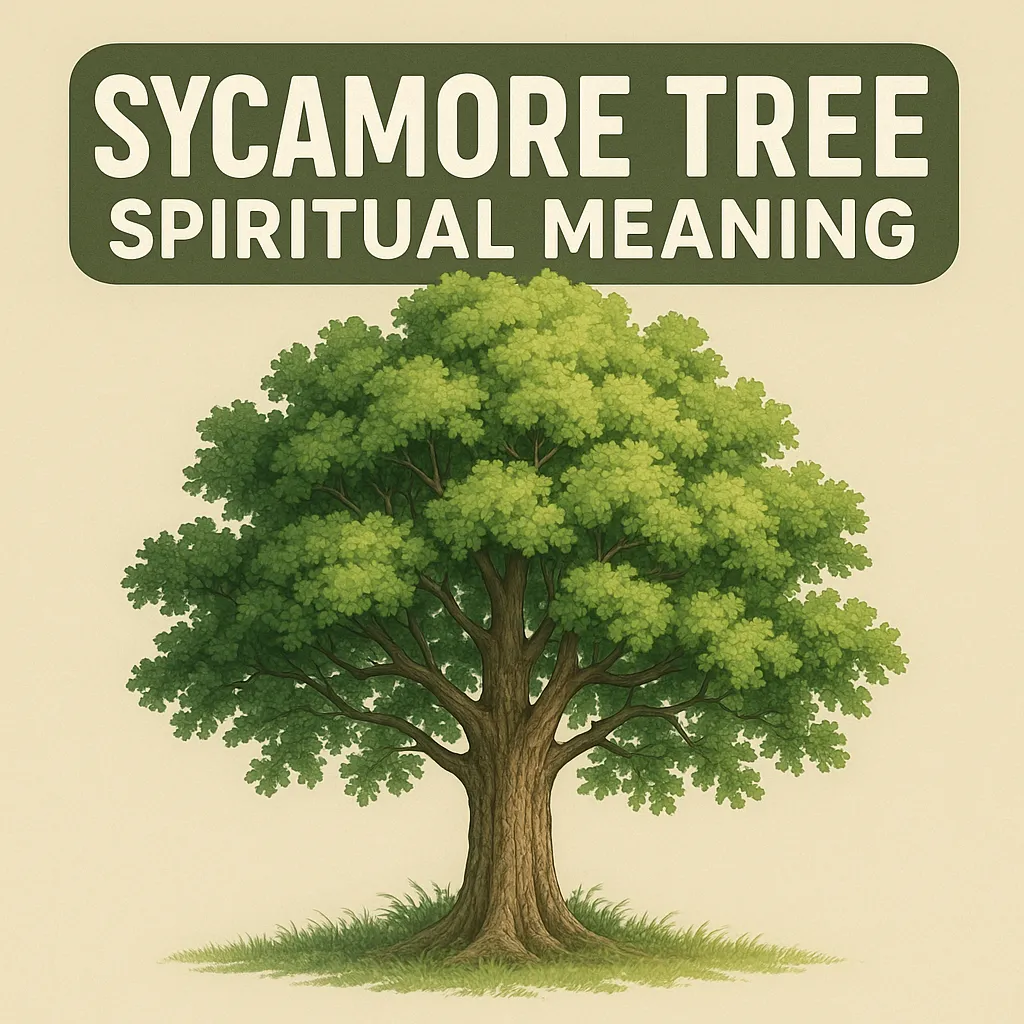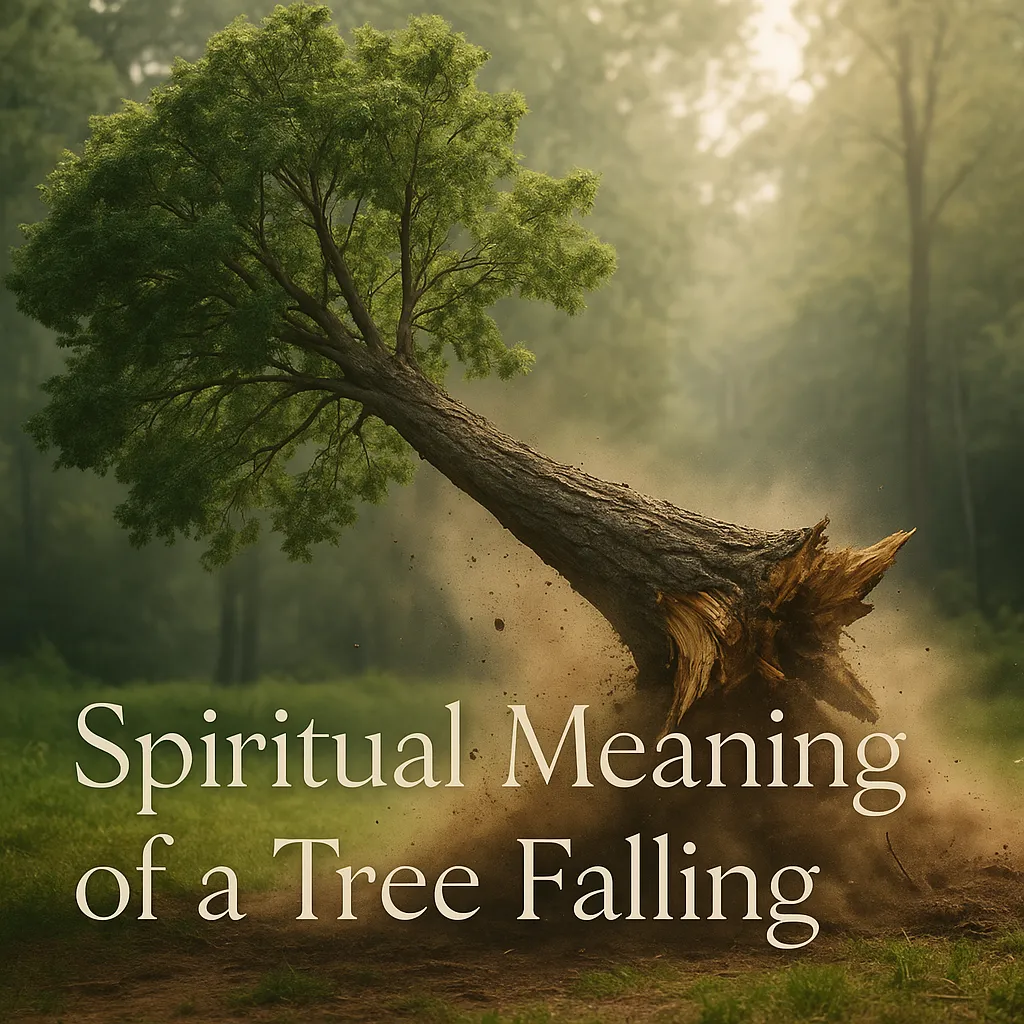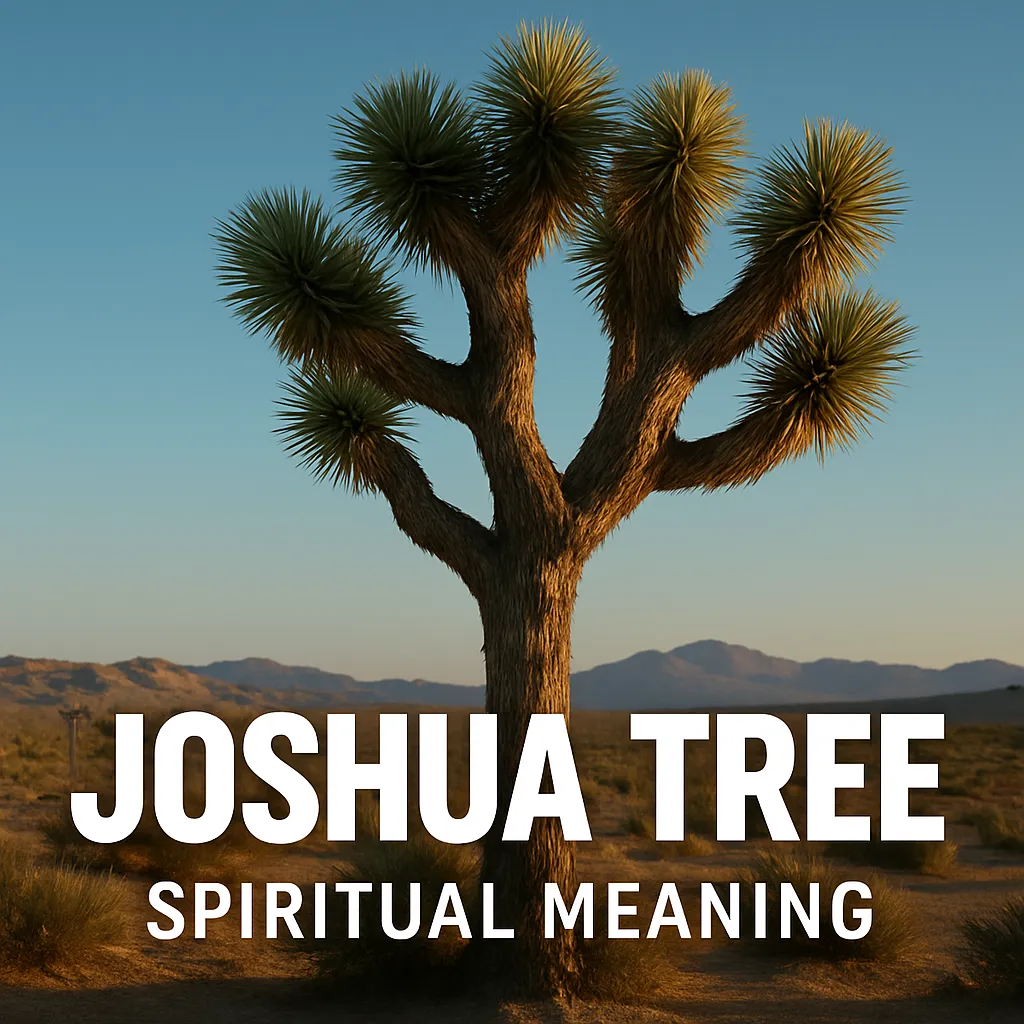|
Getting your Trinity Audio player ready...
|
Table of Contents
- 1 Key Takeaways
- 2 Blue jay
- 3 Hummingbirds
- 4 Understanding Birds as Symbols of Protection and Security
- 5 Owls
- 6 Falcon
- 7 Eagle
- 8 Guardian Birds in Arts and Literature
- 9 Conclusion
- 10 FAQ
- 10.1 How do birds act as spiritual guardians?
- 10.2 What makes hummingbirds symbols of fierce protection?
- 10.3 Why are owls considered vigilant protectors?
- 10.4 What protective qualities do falcons represent?
- 10.5 How do eagles embody divine protection?
- 10.6 What bird behaviors demonstrate natural guardianship?
- 10.7 How do regional birds differ as protection symbols?
Key Takeaways
- Blue jays serve as natural guardians that use their distinctive calls to alert others of predators while teaching us the importance of spiritual awareness and using our strengths to protect loved ones.
- Despite their small size, hummingbirds represent powerful protection through their unique flying abilities and aggressive territorial nature, reminding us that determination helps us overcome life’s challenges.
- Owls symbolize vigilant protection with their extraordinary sensory abilities, encouraging us to develop self-trust and spiritual awareness while demonstrating fierce defense of their young.
- Falcons, known for their loyal partnerships and impressive hunting skills, represent the protection we receive from spiritual guides and encourage us to develop greater self-security.
- Eagles embody divine protection through their majestic presence and protective parenting, symbolizing how higher powers shield us from harm and inspire us to release emotional burdens.
Safety Flight: Birds That Represent Protection
Throughout history, birds have been admired for their gift of flight. As beautiful and fascinating as they are, their ability to soar in the sky allows them to watch over us, all while being close to the gods. Highly revered as guardians that can transcend both physical and heavenly realms, let’s wing in on the top 5 birds that represent protection.
“I cannot think of any need in childhood as strong as the need for a father’s protection.”
– Sigmund Freud
Blue jay
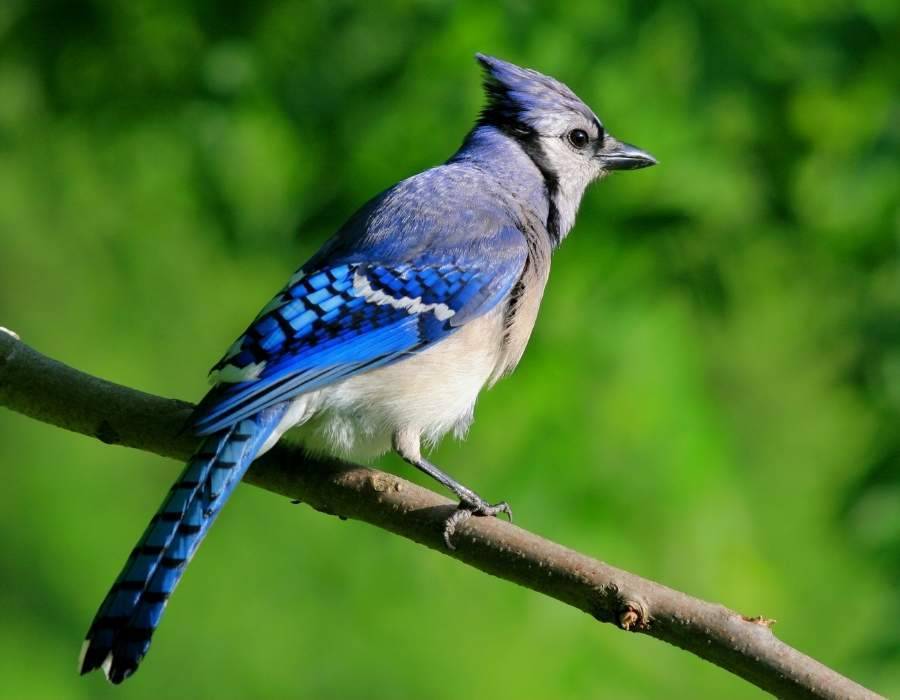
With its distinct crest, perky calls, and signature blue, white, and black plumage, the blue jay is a bird that we can either love or hate. Admired for their intelligence and fondness for close-knit relationships, these songbirds use their loud shrills and trills to alert other birds of predators, making them a reliable symbol of protection.
While their blaring calls are an annoyance for some, many believe that blue jays fly in to warn us of threats and dangers in our surroundings. Their appearance also reminds us of the importance of spiritual awareness for such a trait helps us come to terms with our flaws and weaknesses.
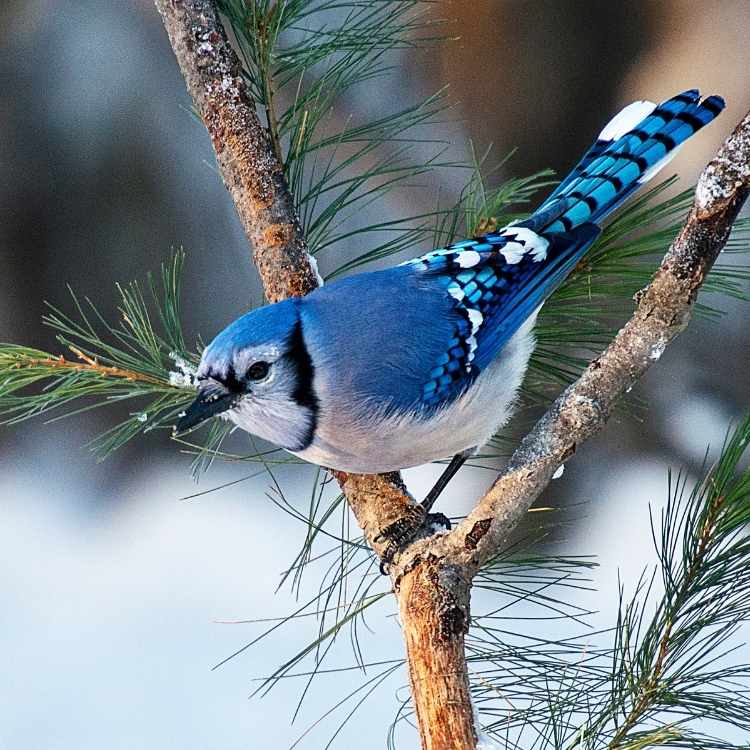
Having long been acknowledged to be a highly territorial creature, the blue jay has been observed to protect its young regardless of the predator. The blue jay is often heard mimicking the sound of large animals to scare away other birds that threaten its nest. This brilliant yet deceptive bird shows our capacity to use our skills and talents to ensure the safety and well-being of our family.
By teaching us how to better appreciate ourselves, blue jays remind us how our weaknesses hamper our growth and urge us to focus on our strengths instead.
Read more
Hummingbirds
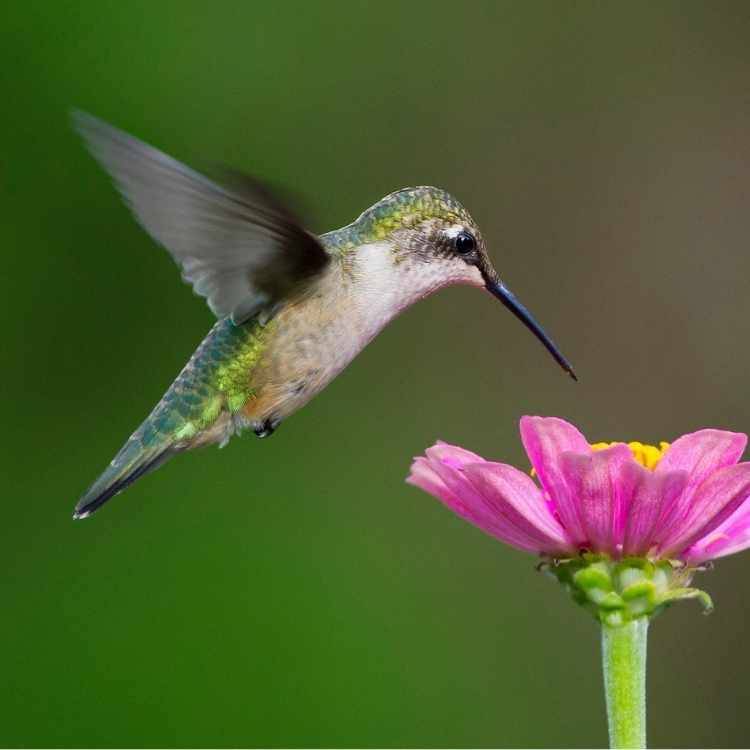
Admired for being the only bird that can fly forward, backward, sideways, and even upside-down, hummingbirds are amazing creatures that boast unique traits that separate them from other birds.
Using their ability to flap their wings about 70 times per second, they create a distinct humming sound that scares off many potential predators. They tell us that while we will always encounter challenges in life, hard work and determination enhance our ability to take on life’s countless ups and downs.
While hummingbirds can be devoted to their family, particularly their young, they are known to be both highly aggressive and anti-social. Often sporting feathers that allow them to blend in with their surroundings, these naturally aloof creatures teach us the value of going through life under the radar.
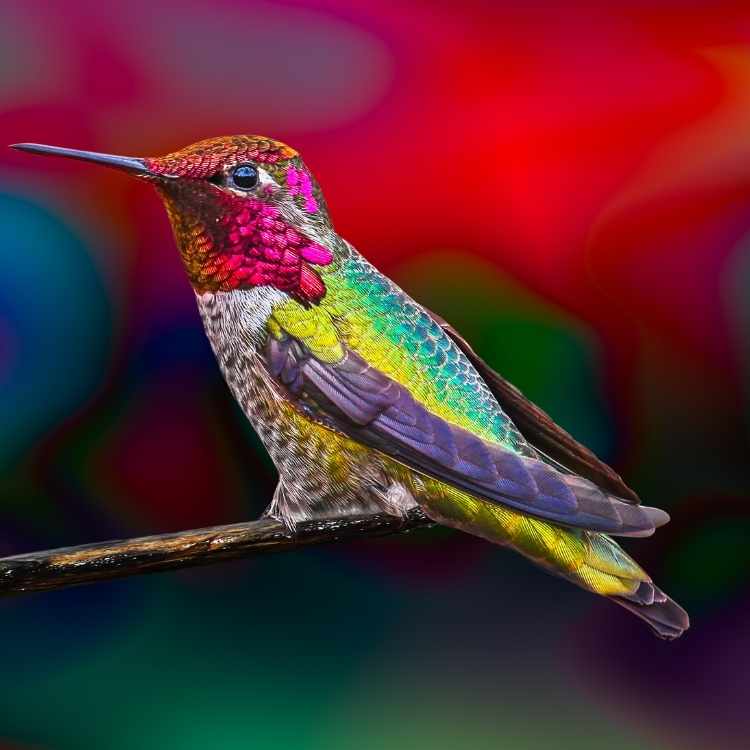
The presence of these birds is a reminder that focusing on others helps us stay humble. Hummingbirds teach us about the risks of constantly thinking that people have a wrong impression of us. They also help turn us into individuals who are slow to anger and quick to apologize.
Despite its size, the hummingbird is a crucial member of the list of birds that represent protection.
Read more
Understanding Birds as Symbols of Protection and Security
Birds have served as powerful symbols of protection throughout diverse cultures and spiritual traditions. While many birds exhibit protective behaviors, certain species stand out as particularly significant safety birds that embody guardianship and security. These protective birds demonstrate remarkable behaviors that humans have long interpreted as signs of divine safeguarding and spiritual defense.
How Protective Birds Defend Their Young
What makes certain birds that protect their young so remarkable is their unwavering dedication despite significant size disadvantages against predators. Many species will perform elaborate distraction displays, feigning injury to draw threats away from their nests. Others form defensive formations or engage in mobbing behaviors, where multiple birds attack a potential threat simultaneously. These instinctive behaviors demonstrate why these creatures have become powerful birds that symbolize protection in human consciousness.
The fierce dedication displayed by birds that represent protection extends beyond their immediate family units. Species like ravens and crows will sound community-wide alarms when detecting threats, creating natural security birds that benefit entire ecosystems. This communal protection mirrors how humans establish safety systems and protective services within communities.
Identifying the Primary Bird of Protection in Your Region
Different geographic regions feature distinct birds that symbolize protection based on local species and cultural traditions. In North America, the blue jay and eagle dominate as symbols of vigilance and strength. Asian traditions often revere the crane as a security bird, while African cultures may look to the secretary bird or hamerkop as a bird of protection. Understanding which protective bird resonates with your heritage or location can provide deeper spiritual connection and meaning.
When observing birds in nature, pay attention to their protective behaviors as potential spiritual messages. Much like how we implement protocols to prevent services hazards in the workplace, these natural guardians establish boundaries and warning systems that ensure survival. Their presence in our lives—whether physical or symbolic—reminds us of the importance of establishing proper security measures while maintaining vigilance against potential threats to our well-being.
Owls
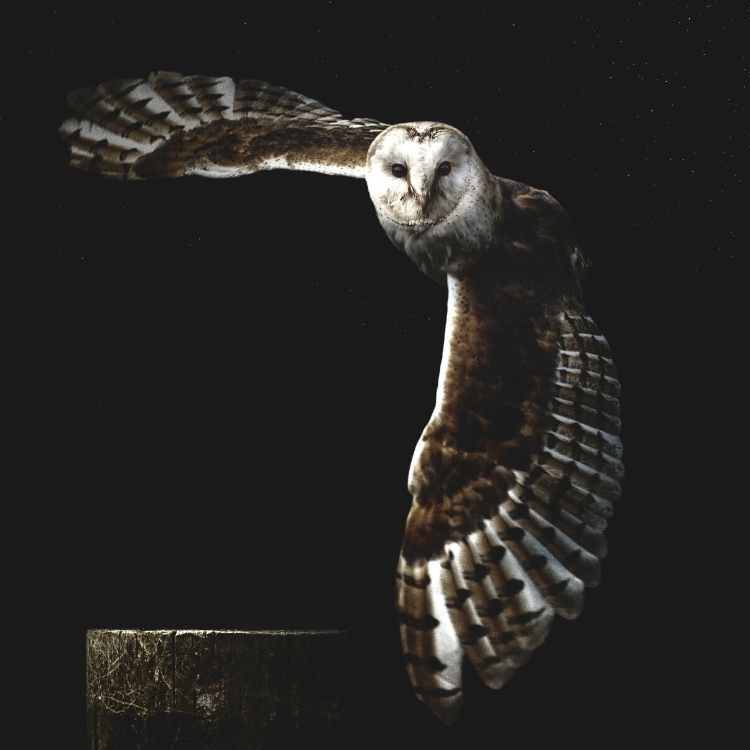
Mysterious and spooky yet extremely fascinating, no other bird awakens our imagination more than the owl. Its excellent sense of hearing and remarkable ability to turn its head around up to 270 degrees have long made people see it as a symbol of awareness and protection.
Gifted with such extraordinary skill, owls hoot into our lives to remind us how valuable it is to live with a deep trust in ourselves and spiritual awareness. Not only does the owl tell us how being secure in ourselves helps us to grow, but it also gives us the capacity to serve others.
While it is often spotted sitting peacefully in the dark, all hell breaks loose when a predator threatens its young. Owls use their long, sharp, and curved claws to dig into and rip the flesh off of their adversary. Their presence reminds us how we should be willing to use all of our gifts just to ensure that our loved ones are kept safe from danger and harm.
Read more
Falcon
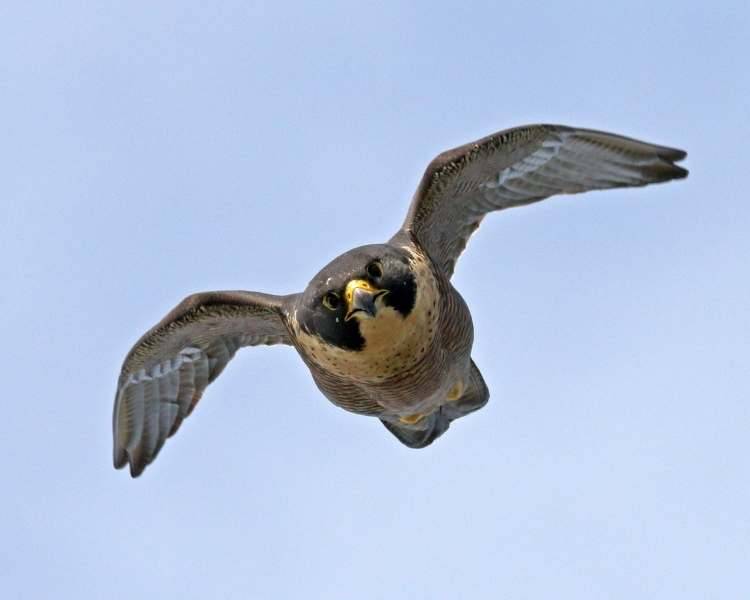
Acknowledged to be among the birds that are a delight to watch when on the hunt, the falcon is a speedy flyer that manages to adapt to all kinds of habitats. Admired for their intricate courting rituals and for staying with a single partner for life, these imposing birds of prey can be ferociously protective of their mate and their young.
“A man without a vote is man without protection.”
– Lyndon B. Johnson
Known for their ability to take to skies at such crazy heights, they symbolize the protection that we enjoy from our spirit guides. As the falcon brings a message that we are constantly on their watch, we become more comfortable in placing our trust in the Divine. This makes it a lot easier to believe that we can do more with them on our side.
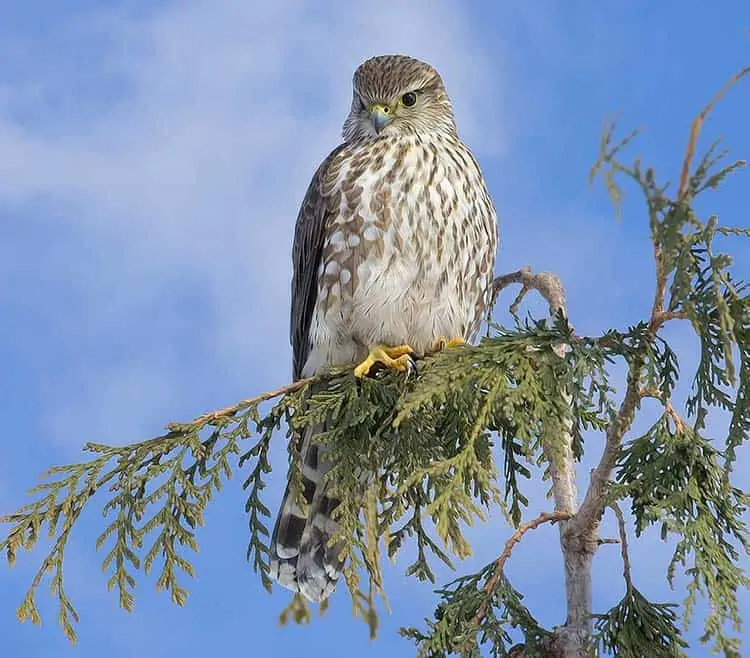
Regardless of the reputation that the falcon’s strength and courage have amassed, their nests are still not spared by a handful of predators (see also the dead falcon meaning post). Using their strong talons to rip at these trespassers, the falcon’s presence urges us to feel more secure about ourselves.
Apart from pushing us to be more understanding of others, they encourage us to help our peers be better versions of their old selves.
Read more
Eagle
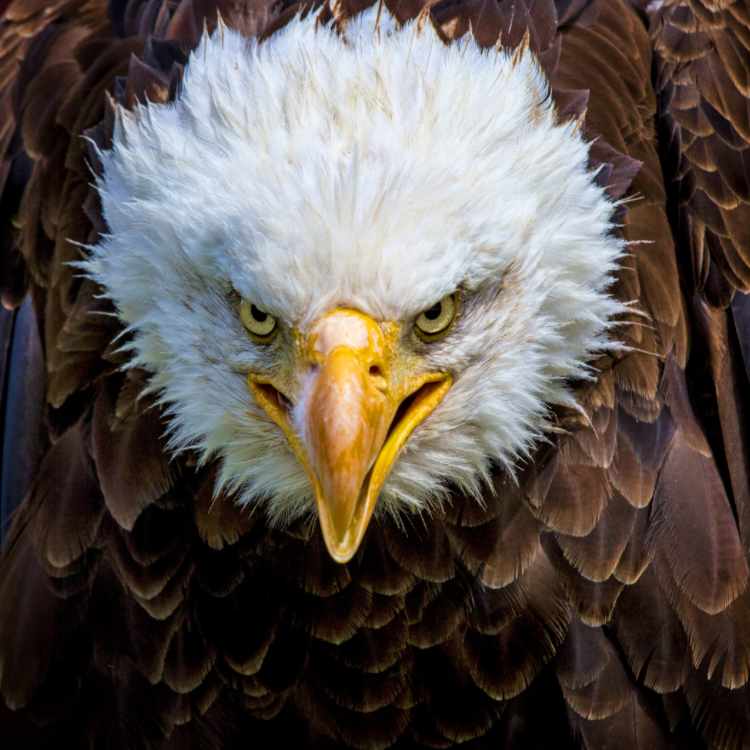
Already widely recognized as divine messengers that bring forth courage and wisdom, many of us are unaware that the majestic eagle is also a figure of guardianship and protection. Often seen gliding regally, they use those mighty wings to produce shade for their chicks and protect them from the cold and heat.
Such a loving act reminds us that despite the challenges and struggles we face, our spirit guides are here to help us see life’s overwhelming beauty and wonder.
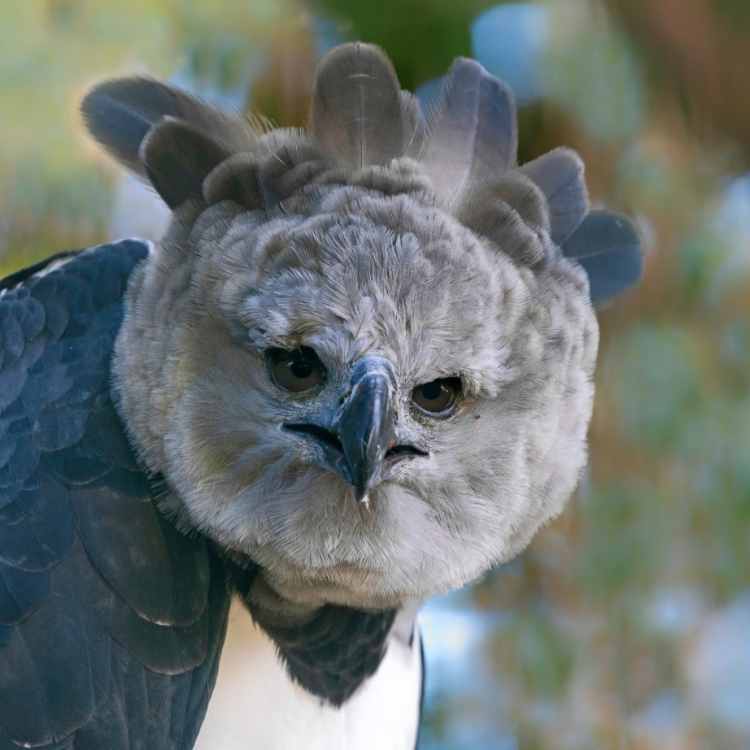
Naturally shy and would rather avoid any form of contact at all cost, threatening it and its family turns the eagle into a whole different beast. Using its talons and impressively strong feet for defense, the eagle’s protective nature reminds us of how God keeps us protected and secure.
This inspires us to let go of the emotional baggage we carry and trust that a higher power will never leave us with our burdens alone.
Read more
Guardian Birds in Arts and Literature
From ancient myths to modern fantasy novels, guardian birds have soared through the pages of literature and art, embodying protection, wisdom, and otherworldly power. These birds are often more than just animals—they are symbols, messengers, and protectors with magical or divine qualities. They appear in fairy tales, folklore, epics, and paintings, guiding heroes, warning of danger, or even fighting evil.
These fantastical birds capture our imagination not only because of their beauty or flight, but because of what they represent: courage, intuition, spiritual guardianship, and freedom. Below is a table of some of the most iconic guardian birds found in literature, myth, and art—and what makes them so powerful.
Iconic Guardian Birds in Arts and Literature
| Bird / Creature | Source / Work | Symbolic Role | Notable Traits |
|---|---|---|---|
| Fawkes (Phoenix) | Harry Potter series by J.K. Rowling | Rebirth, loyalty, healing, divine protector | Bursts into flames, reborn from ashes |
| The Roc | One Thousand and One Nights (Arabian Nights) | Overwhelming power, sky guardian | Giant bird, carries elephants in its talons |
| The Giant Eagle | The Lord of the Rings by J.R.R. Tolkien | Rescuer, divine intervention, aerial protector | Enormous, noble, appears at key moments |
| Simurgh | Persian epic Shahnameh | Wisdom, motherhood, spiritual guidance | Ancient, part-peacock, healer of heroes |
| Thunderbird | Native American mythology | Storm bringer, protector against evil spirits | Controls thunder, lightning, fierce guardian |
Conclusion
Protection has different meanings to different people. But from a positive spiritual point of view, being secure is an idea that helps us flourish and gives us a hand as we deal with life’s trials and challenges.
As the presence of these birds helps make us feel safe and protected, spreading our wings and soaring to greater heights just got easier and uncomplicated.
FAQ
How do birds act as spiritual guardians?
Birds serve as spiritual guardians by alerting communities to danger through warning calls and protective behaviors. Their heightened awareness represents spiritual vigilance, encouraging humans to remain alert to potential threats. Many traditions view bird encounters as messages from protective spiritual guides watching over us.
What makes hummingbirds symbols of fierce protection?
Despite their tiny size, hummingbirds display remarkable territorial aggression, fearlessly confronting creatures many times their size. Their ability to hover and fly in all directions symbolizes adaptable protection and reminds us that effective guardianship comes from determination rather than physical strength.
Why are owls considered vigilant protectors?
Owls possess extraordinary sensory capabilities, including nearly silent flight and exceptional night vision. These attributes make them perfect symbols of watchful protection and spiritual awareness. Their ability to see what others cannot represents developing intuition and protective foresight in challenging situations.
What protective qualities do falcons represent?
Falcons symbolize loyal protection through their lifelong mating partnerships and exceptional hunting precision. Their remarkable speed and accuracy represent decisive protective action when threats appear. In spiritual contexts, falcons signify the protective guidance we receive from higher powers during difficult journeys.
How do eagles embody divine protection?
Eagles represent divine protection through their commanding presence and remarkable parenting behaviors. Their ability to soar at great heights symbolizes elevated spiritual protection watching over us. Many traditions view eagles as messengers between humans and protective deities or ancestral guardians.
What bird behaviors demonstrate natural guardianship?
Many birds demonstrate natural guardianship through mobbing behaviors, where they collectively drive away predators. Others perform distraction displays, feigning injury to protect their nests. Some species establish elaborate warning systems that benefit entire communities, similar to human protective services.
How do regional birds differ as protection symbols?
Different regions recognize distinct birds as protection symbols based on local species and cultural traditions. North Americans often revere eagles and blue jays, while Asian cultures look to cranes or ravens. African traditions may honor the secretary bird, while European folklore features protective ravens and storks.
